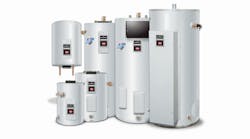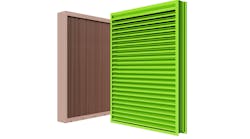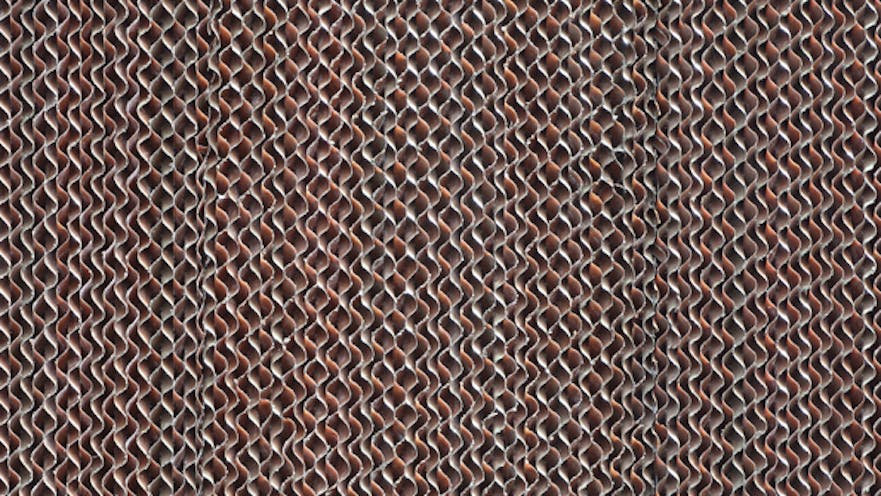Springtime is the right time to perform condenser- and air-handler-coil cleaning and maintenance, as it can help to ensure systems perform properly throughout the hot season without consuming excessive amounts of energy, Goodway Technologies, manufacturer and marketer of maintenance solutions for commercial HVAC, facility-management, and other applications, says.
“Our partners and clients have reported significant energy savings directly related to their regular coil cleanings,” Tim Kane, president and chief executive officer of Goodway, said. “When completing this vital maintenance can save a company upwards of $40,000, it’s an investment worth including in every building’s regular maintenance practices.”
When coils are not cleaned regularly, particles build up in between, which makes equipment work harder and the heat-exchange process less efficient. This shortens equipment life and causes equipment to consume significantly more energy. A Southern California Edison report reveals dirty evaporator and condenser coils can reduce cooling capacity by as much as 40 percent. While dirty evaporator coils can reduce energy efficiency by 35 percent, dirty condenser coils can reduce it by 60 percent. This means it takes much more power and money to cool at the same rate as a system with clean coils.
Dirty coils also negatively impact indoor-air quality, as dirt, dust, and pollen that clog coils are released into a building with cooled air. Unclean coils also promote the growth of bacteria, mold spores, and other unhealthy organisms.
Check out this gallery for some of Goodway’s best advice for ensuring a building’s condenser and/or air-handler coils are cleaned properly.









